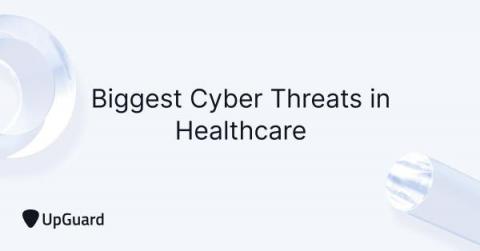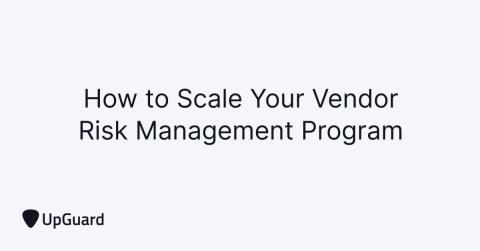What is Cyber Threat Intelligence? Think like a Cybercriminal
Cyber threat intelligence (CTI) considers the full context of a cyber threat to inform the design of highly-targeted defensive actions. CTI combines multiple factors, including the motivations of cybercriminals and Indicators of Compromise (IOC), to help security teams understand and prepare for the challenges of an anticipated cyber threat.











